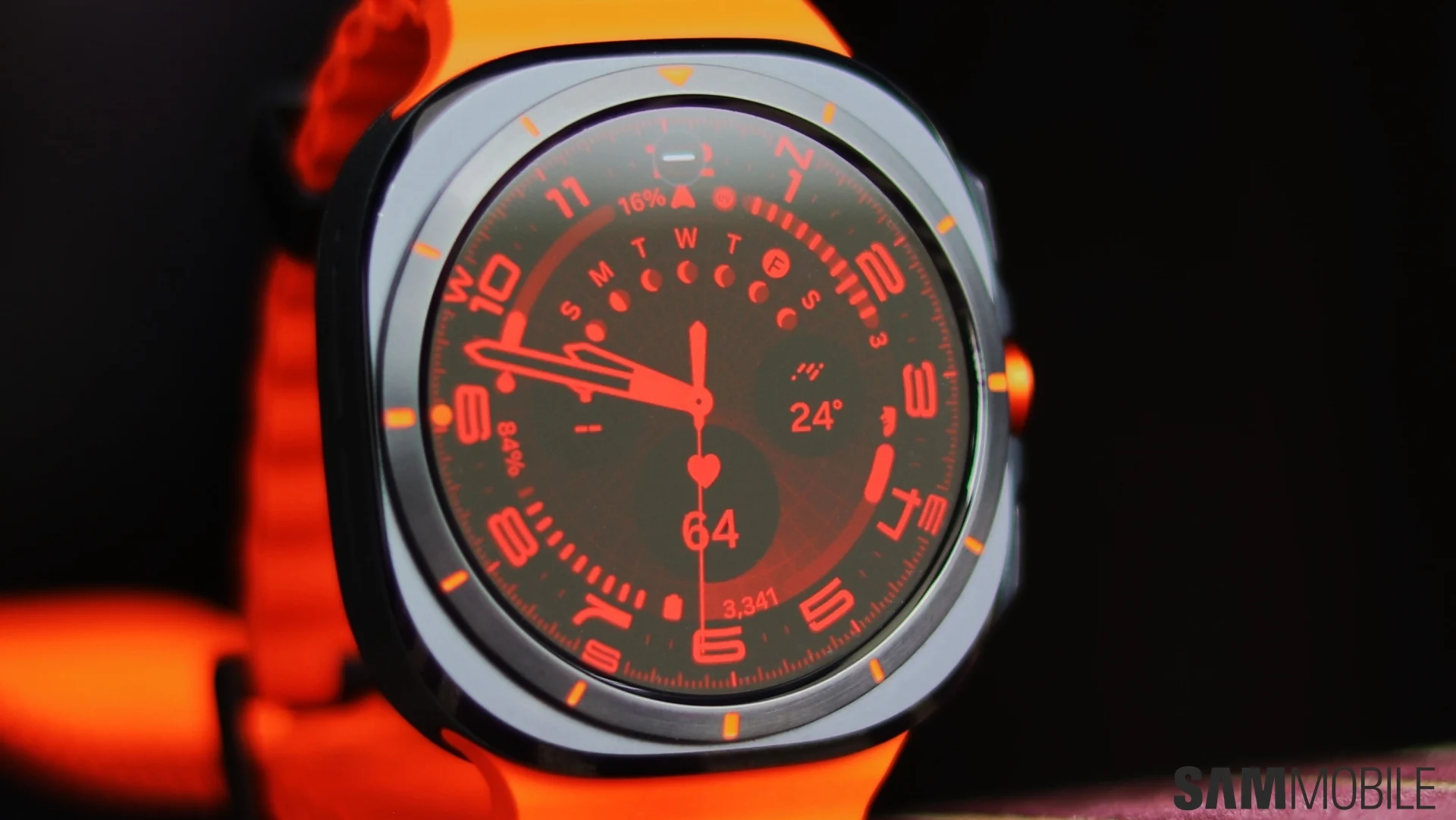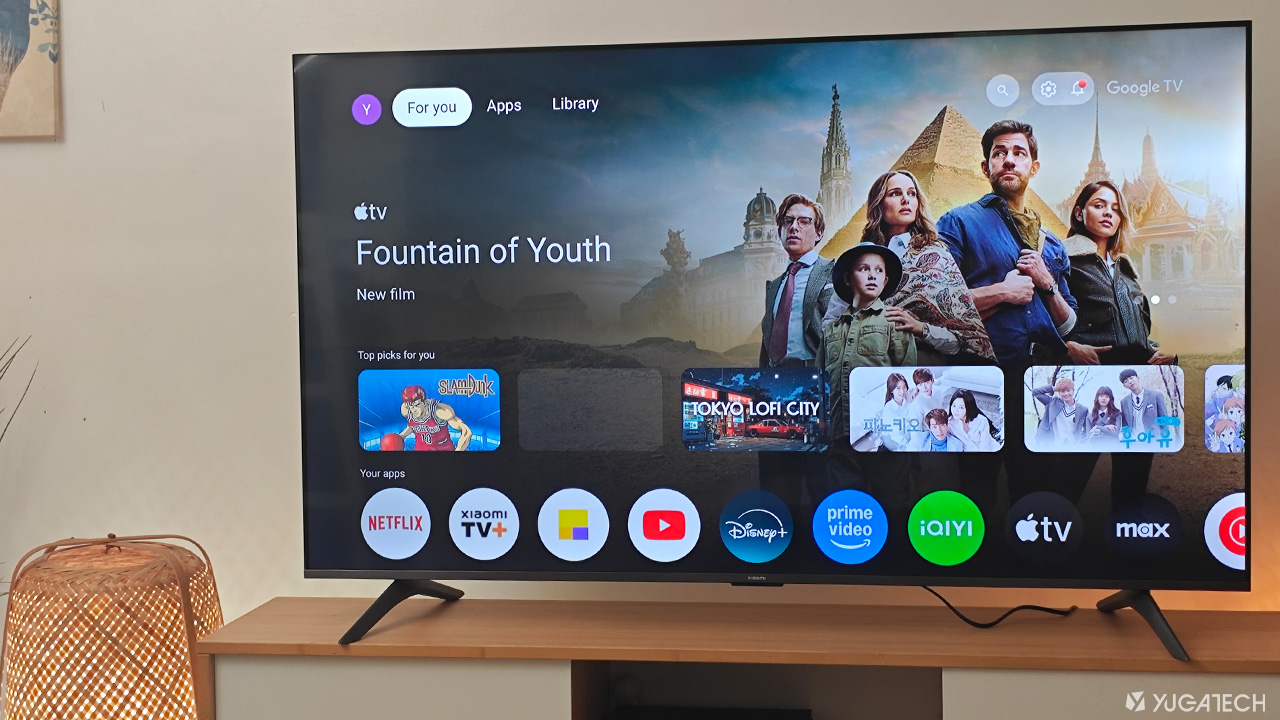Samsung has long been a dominant player in the tech industry, with innovations spanning smartphones, televisions, and consumer electronics. However, when it comes to global wrist-worn smart devices, recent data indicates that Samsung’s position is not as strong as it might seem, especially when viewed across the broader category beyond Wear OS.
Leading the Charge in Wear OS with Galaxy Watch 7 and Watch Ultra
In the Wear OS ecosystem, Samsung continues to shine. Devices like the Galaxy Watch 7 and the Galaxy Watch Ultra are widely regarded as some of the most advanced and feature-rich smartwatches on the market. These wearables combine sleek design, powerful hardware, and deep integration with Android smartphones, offering a compelling alternative to Apple’s popular Apple Watch series.
Samsung’s collaboration with Google to optimize Wear OS has played a significant role in enhancing the user experience on its watches. Features like advanced health tracking, improved battery life, seamless connectivity, and robust app ecosystems have helped Samsung gain a leadership position within the Wear OS segment.
Global Market Share Tells a Different Story
Despite its dominance within Wear OS, Samsung’s overall position in the global wrist-worn smart device market is less impressive. According to a recent report published by the International Data Corporation (IDC), Samsung lags behind several competitors when all types of wrist-worn smart devices are considered.
The IDC’s Q1 2025 report provides a comprehensive analysis of global wrist-worn device shipments, including smartwatches, fitness trackers, hybrid watches, and other wrist-based wearables. The data reveals that while Samsung has maintained a presence, its global market share has not kept pace with key rivals.
Competition from Apple and Budget Brands
The biggest challenge for Samsung comes from both the premium and budget ends of the market. On one side, Apple continues to dominate the premium smartwatch segment with its Apple Watch lineup, which offers unparalleled integration with iPhones, exclusive health features, and strong brand loyalty.
On the other end, brands like Xiaomi, Huawei, and Noise are gaining ground in emerging markets by offering feature-packed wearables at highly competitive prices. These devices may not always run Wear OS but often include proprietary operating systems optimized for long battery life and basic functionality—appealing to budget-conscious consumers.
Samsung’s Shipment Numbers Reflect the Gap
IDC’s report notes that in Q1 2025, Samsung’s shipments of wrist-worn devices saw only modest growth, whereas competitors in both the high-end and budget categories showed more significant gains. This indicates that Samsung is being squeezed from both sides—unable to fully capture the premium market from Apple and losing ground in volume to more affordable alternatives.
The company’s inability to scale its sales in budget-friendly segments has affected its overall global ranking, despite its technological leadership in Wear OS devices.
Innovation Alone Isn’t Enough
While Samsung’s Galaxy Watch line is packed with features—such as body composition analysis, ECG monitoring, advanced sleep tracking, and customizable watch faces—these innovations haven’t translated into a broader market takeover.
One reason may be the limited compatibility with non-Samsung or non-Android devices. Unlike Apple, which tightly integrates its hardware ecosystem, Samsung’s Wear OS watches are primarily designed for Android, and some features are exclusive to Samsung Galaxy smartphones. This limitation can deter potential customers who use other brands.
Additionally, price sensitivity in key markets like India, Southeast Asia, and Latin America means consumers often prefer brands offering similar health and fitness features at a lower cost, even if it means sacrificing some polish or advanced functionality.
Strategic Moves Needed to Reclaim Ground
To improve its global market position, Samsung may need to consider broadening its portfolio to include more affordable smartwatches or fitness bands that can appeal to a wider audience. Re-entering the fitness tracker market or launching entry-level models under the Galaxy Watch branding could help boost shipment numbers and market penetration.
Moreover, enhancing compatibility across a wider range of devices and improving cross-platform support might increase appeal beyond current Galaxy smartphone users.
Conclusion: A Mixed Picture for Samsung
In conclusion, Samsung’s position in the global wrist-worn device market presents a tale of two realities. On one hand, it remains a leader in the Wear OS segment, setting standards with its Galaxy Watch 7 and Galaxy Watch Ultra. On the other hand, the company struggles to keep up in the overall market, facing stiff competition from Apple at the top and affordable brands at the bottom.
The latest IDC report serves as a reminder that innovation and quality must be balanced with accessibility and global reach. As the wearables market continues to evolve, Samsung will need to reassess its strategy if it hopes to regain a leading position in the wrist-worn device landscape worldwide.



